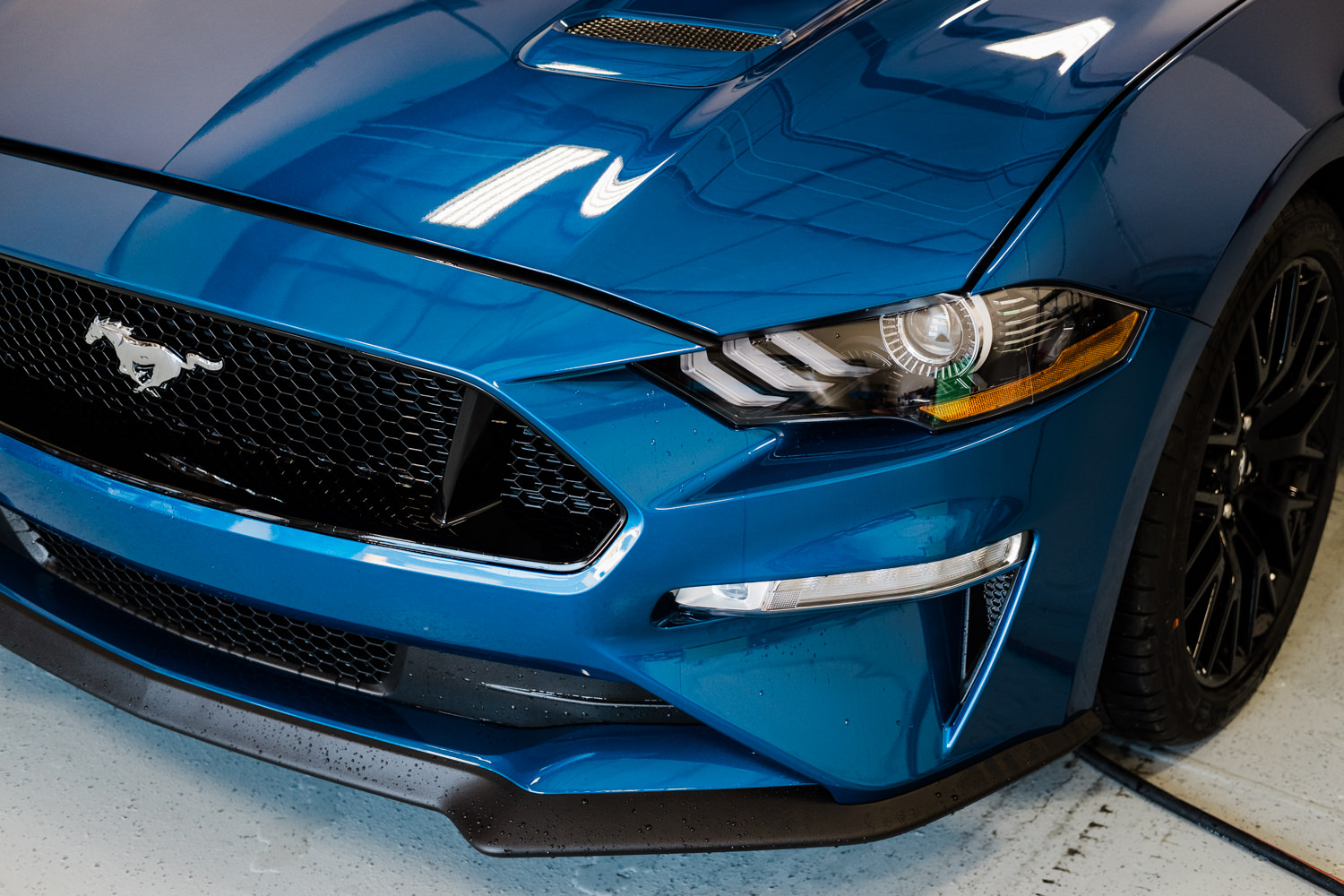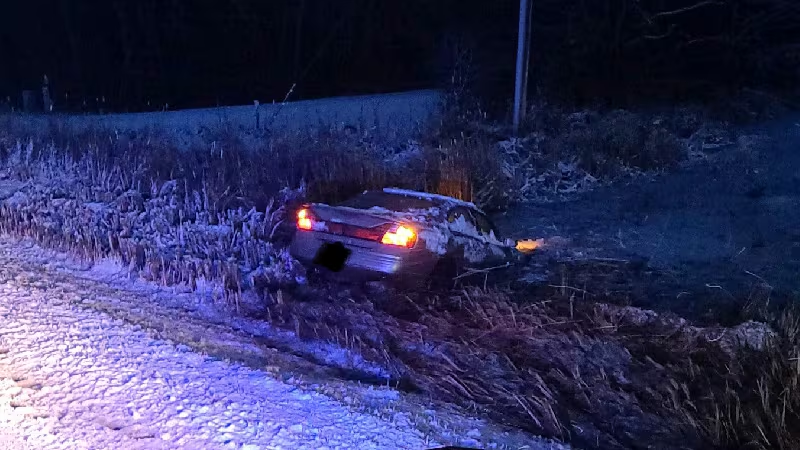CAP Auto Pro Blog
Are you (and your vehicle) prepared for Winter in Wisconsin
Winter Vehicle Protection (Rustproofing) and other Tips You Don’t Want to Forget
Winter in Wisconsin isn’t just a season — it’s a full-on survival challenge. We’re talking temps so cold your eyelashes freeze, roads slicker than a Packers loss on icy Lambeau turf, and more salt than a Friday night fish fry. And just like that fried cod, too much salt will do some serious damage — only instead of your cholesterol, it’s your poor car paying the price.
At Capital Auto Protection, we help drivers face the season head-on with rustproofing, undercoating, and auto detailing services. Think of it as putting your car in thermal underwear before the snow starts flying. Because the last thing you want is to get caught with your proverbial pants down — freezing, abandoned, and waiting on some lonely back road while your buddy with the snowmobile laughs his way over to pick you up.
Winter prep isn’t just about what happens in the shop — it’s also about what you stash in your trunk, how you maintain your ride, and the small things you do before the drifts pile up and you’re stuck Googling “how long can I live off protein bars in a Honda Civic?”
Rustproofing: Stop Corrosion Before It Starts
Road salt is the silent killer of Wisconsin cars. Once rust sets in, it spreads quickly, damaging body panels and structural parts alike. Rustproofing adds a protective barrier deep into seams, joints, and hidden metal surfaces where corrosion starts. It doesn’t just keep your car looking good — it keeps it safe and strong through years of winter abuse.
Undercoating: Shield Your Vehicle from the Bottom Up
The underside of your car is like the front line of a battle — and salt, ice, and gravel are relentless enemies. Undercoating provides a durable protective layer on your chassis, suspension, and wheel wells. By sealing off these vulnerable areas, undercoating prevents rust, reduces road noise, and even extends the life of vital components. For Wisconsin winters, it’s one of the smartest investments you can make.
Auto Detailing: More Than Just a Pretty Shine
Think of detailing and paint protection as your car’s winter skincare routine. A professional wax or ceramic coating helps prevent road salt, slush, and UV rays from eating away at your paint. Inside, detailing keeps your carpets and upholstery from turning into a soggy, salty mess. It’s about looking good, yes — but also about protecting your car inside and out, so it weathers winter gracefully.
Build an Emergency Kit That Goes Beyond the Basics
When you’re stuck on the side of the road in subzero temperatures, you’ll be glad you thought ahead. Everyone remembers the spare tire, jack, and jumper cables, but a true winter kit should include:
- Heavy blanket or sleeping bag – insulation is life-saving in freezing weather.
- Protein bars, jerky, or trail mix – food that won’t freeze rock-solid.
- Water bottles – store them in plastic, not glass, and replace them regularly.
- Hand and foot warmers – cheap, lightweight, and effective.
- Kitty litter or sand – provides instant traction on ice.
- Small collapsible shovel – don’t count on your hands to dig you out.
- Ice scraper and snow brush – clear your windows completely before driving.
- Flashlight with extra batteries – winter nights are long and dark.
- First aid kit – small injuries feel bigger when you’re stranded.
- Portable phone charger or power bank – because dead batteries don’t call tow trucks.
- Extra gloves, hat, and socks are recommended because wet gear dries slowly in freezing weather.
- Reflective triangles or flares – make sure other drivers see you on the roadside.
- Bonus item most people forget: a whistle. It carries farther than shouting if you need to signal for help.
Winter Car Maintenance Checklist
A well-stocked kit won’t help much if your car isn’t prepared in the first place. Before the deep freeze hits, run through this expanded list:
- Battery check – cold weather cuts battery efficiency in half. Replace old ones before they die in January.
- Wiper blades & washer fluid – winter blades cut through snow, and fluid with antifreeze won’t freeze in the lines.
- Tires – check tread depth, rotate them, and consider switching to winter tires for better traction.
- Tire pressure – cold air makes pressure drop quickly; check it weekly.
- Brakes – slippery roads demand top-notch stopping power. Have them inspected.
- Heater & defroster – comfort aside, clear windows are a safety essential.
- Antifreeze & coolant levels – make sure they’re topped off and mixed correctly.
- Oil change – use winter-grade oil for easier cold starts.
- Lights – test headlights, brake lights, and hazard lights for visibility.
- Gas tank – keep it at least half full. This prevents gas line freeze-up and ensures you have heat if stranded.
- Belts & hoses – freezing temps make them brittle; check for cracks.
These checks might sound tedious, but they’re the difference between cruising through winter and being “that guy” waiting for a tow truck at 3 AM on a dark deserted Wisconsin Back Road.
What to Do If Your Car Breaks Down in Winter
Even the best-prepared drivers can run into trouble — cars break down. It’s a fact of life. But it doesn’t have to turn into a nightmare that leaves you freezing on the side of a lonely Wisconsin back road, waiting for a ride while silently regretting not packing that blanket. Here’s what to keep in mind before, during, and after a breakdown to stay safe (and sane).
Before a Breakdown
- As mentioned previously, ALWAYS Keep an eye on your gas gauge — don’t tempt fate by running on fumes in January.
- Pay attention to performance — if your engine is sputtering, your mileage is dropping, or something just doesn’t sound right, get it checked before it leaves you stranded.
- Check the weather — Wisconsin isn’t forgiving. If the forecast screams snowstorm, give your car an extra once-over before hitting the road.
- Quick daily check — tires, headlights, and fluid levels are easy to glance at and can save you major headaches later.
- During a Breakdown
- Stay calm — panicking won’t fix your radiator.
- Pull over safely and turn on your hazards. If you have reflective triangles or flares, use them.
- Call for help — whether it’s roadside assistance, the police, or a buddy with a tow strap.
- Keep everyone safe — stay off the road while waiting.
- Do a quick inspection — flat tire? Overheated engine? If it’s simple and safe, fix it. If not, sit tight.
- Document the damage — photos help with insurance claims if things get serious.
After a Breakdown
- File a police report if someone else caused the issue.
- Track any costs — tow truck fees, repairs, even hotel bills if you’re stuck overnight.
- Schedule preventative maintenance ASAP so you don’t get stuck again.
Drive into the Winter With Confidence – Prevent the Breakdown Before It Happens
The best way to handle a winter breakdown? Don’t have one in the first place. Preventative maintenance and protective services like rustproofing, undercoating, and detailing are your first line of defense. They don’t just protect your car from corrosion and damage — they help keep it running reliably when you need it most.
Wisconsin winters aren’t easy, but they don’t have to be miserable. With Capital Auto Protection’s rustproofing, undercoating, and detailing services, plus a little extra planning on your part, your vehicle will be ready for anything the season throws at it. We’re here to help Wisconsin drivers avoid the roadside horror story altogether. Mention this blog post when you book your service and we’ll give you $25 OFF. Because nobody wants to be the one standing in a snowbank Googling “how long can I survive on protein bars in a Toyota?”
And don’t forget — mention this blog post and receive $25 OFF your service. Consider it our holiday gift to you (and your car).





